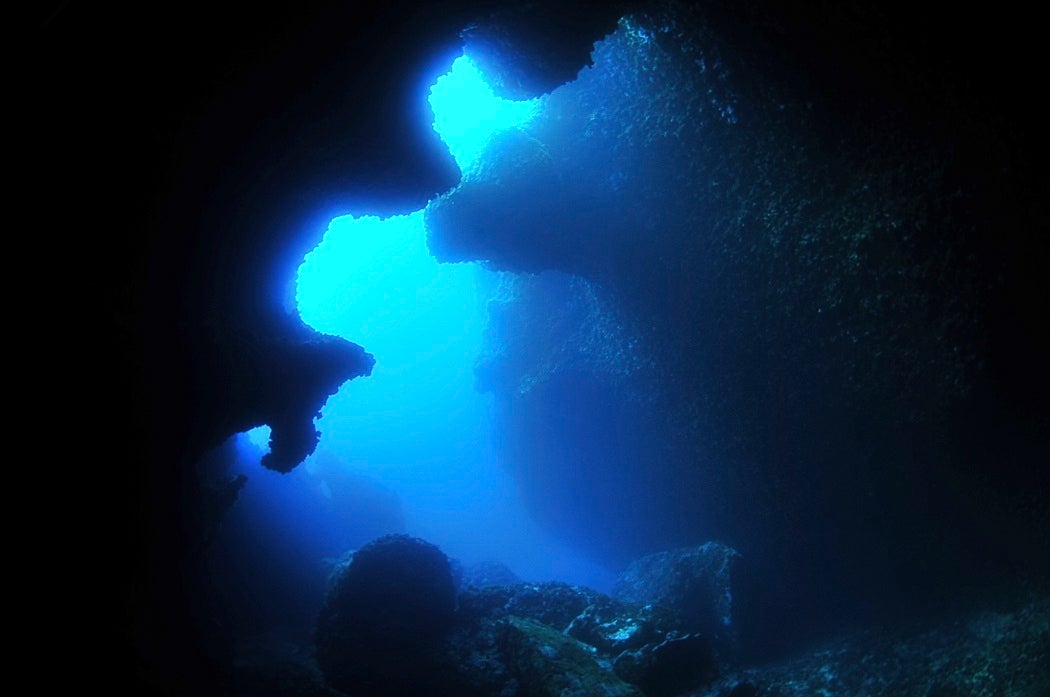In November, researchers surveying the Mariana Trench (the deepest point in Earth’s oceans) made a number of remarkable discoveries. Scientists at the University of Aberdeen set a new record for the deepest fish yet observed, and recorded first-time footage of the pale, so-called “supergiant” amphipods. The newly discovered translucent snailfish was filmed at a depth of 8145 meters, and appears almost ethereal as it slowly drifts along. The 11-inch amphipod, on the other hand, is the stuff of nightmares.
This expedition was the first to systematically survey the Challenger Deep (as this area is colorfully known) at multiple depths, proving that the entire area is diverse and very rich biologically. This area is also very difficult to explore, and not without controversy.
The first of only two manned expeditions to the bottom of the Challenger Deep occurred in 1960, a feat comparable to the moon landing nine years later. Right before the submarine (the Trieste) touched down, one of the pilots reported the sighting of a small flatfish on the bottom before sediment obscured the view. Without cameras, the flatfish could not be verified. This claim immediately drew such skepticism that numerous studies, such as a 2012 article by Alan Jamieson and Paul Yancey, were published exclusively to discredit the Trieste flatfish. Their main concern is that the unlikely flatfish sensationalizes the depths. It seems churlish that an entire school of research has arisen just to slag someone else, but Jamieson and Yancey do make some valid points. Plotting a regression line of fish species vs. depth, opponents predict that at around 8500 meters the fish will run out. Such an approach does not allow for outliers, however. Some of their evidence is almost petty, as Jamieson describes the generally more shallow habitats of the true flatfishes of the Pleuronectiform family. Such an argument ignores that the pilot was reporting a fish that was flat, not necessarily a true flatfish.
Other arguments are more compelling. At such a depth, fish are completely dependent on detritus and carrion that fall from shallower water. In the time it takes a carcass to reach the bottom, it would likely be consumed by all of the other hungry organisms between the bottom and the surface.
Nobody thinks the Trieste pilot was lying, he certainly saw something. Most analysts believe it was actually a type of flattened sea cucumber which could easily be confused for a flatfish. Still, as the new expedition proves, exciting new discoveries are frequent in these underexplored deep ocean areas. Early scientists didn’t even believe that there could be life of any kind in the deep sea. So yes, it is true that existing evidence does not support the Trieste Flatfish, but science has barely begun to fully explore or understand these systems. Let’s leave some room for romance.







